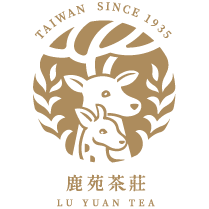
The First Course
Platter: TeBi Series
In Taiwanese culture, the first dish of Pān-toh is usually a platter. The permutations and combination of the platter presents the diversity of the opening of Pān-toh, as well as the variety of ingredients and flavors.
Platter: TeBi Series, presents the basic classification of Taiwanese tea, and you can see the different colors of tea caused by different degrees of oxidation and roasting.
Oxidation Degree X Roasting Time
Aroma of tea leaves comes from the fermentation, oxidation and roasting in the process. The time of fermentation determines the degree of oxidation of the tea, which reveals different tea color changes and tea types. The tea master’s roasting tea technique, signature dish (tshiú-lōo) is accompanied by the Maillard reaction, which allows the fermented tea leaves to undergo varying degrees of heating and roasting to produce changes in color, aroma and flavor.
Due to the different time period of tea oxidation, tea leaves appear different colors, which also affect the changes in the color, the taste and aroma of tea liquid. Observing the unfurled brewed tea leaves, you can also observe the difference caused by oxidation.

In Taiwan’s tea, Oolong tea is very representative. The roasting process of each tea master reveals plenty changes of Taiwan Oolong tea. Just like the concept of light, medium, and heavy roasting of coffee beans, Taiwanese tea is also affected by the degree of roasting, changing from light roasting to heavy roasting. You can feel the different aroma changes of the tea from the fresh aroma to the rich caramel aroma.

TASTING TEA



